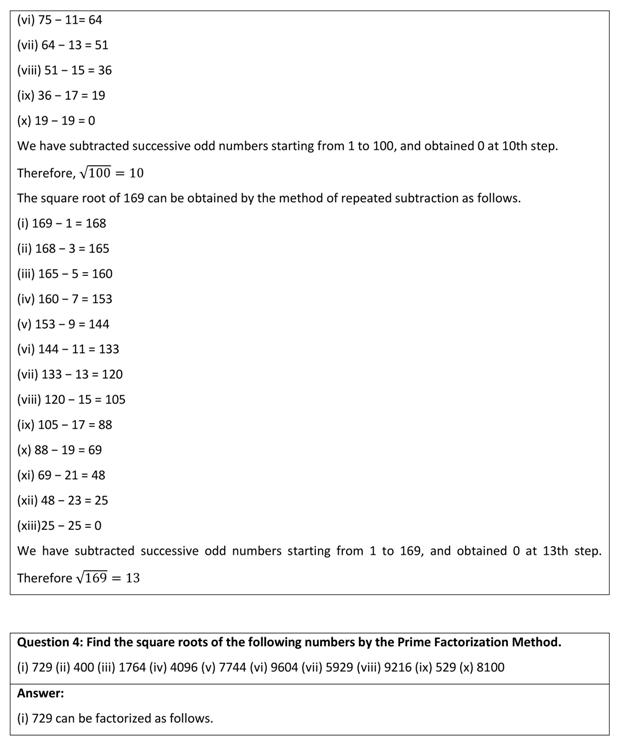

The textbook utilizes a wide array of references to various cultures, both in its written content and its supplementary graphics. I did not identify any grammatical issues with the textbook content. Photos and other content (such as graphs) are clearly positioned and captioned, providing useful supplementation to the written content. A menu to the left of the online textbook allows readers to quickly and efficiently navigate to another topic of the textbook.

The interface of the textbook is excellent. The textbook contents are organized in an insightful way, beginning with core foundational elements of the Constitution, federalism, civil liberties and civil rights. This organization allows instructors and students to easily reference particular sub-units of content.

For example, the civil rights chapter is organized into five components, including: 1) what are civil rights, 2) African-American civil rights, 3) women's civil rights, 4) civil rights for indigenous groups, and 5) equal protection for other groups. The textbook content is clearly organized into sensible modules. Each chapter offers an introduction, 3 to 5 written sections covering the topic, key terms, summary, review questions, critical thinking questions, and suggestions for further study. The textbook content and organization is consistent throughout. The textbook content is thorough yet very clearly written. Furthermore, the textbook has the capacity to undergo straightforward updates, (such as to linked contents, etc.) when necessary. The textbook is highly relevant with topics that will continue to be important to include in a foundational study of U.S. I did not identify any issues with the accuracy of the textbook content. A chapter on State and Local government is also included as a useful addition.

The textbook includes virtually all topics that are critical to foundational course(s) in U.S. Reviewed by Vicki Jeffries-Bilton, Instructor, Portland Community College on 12/31/21


 0 kommentar(er)
0 kommentar(er)
